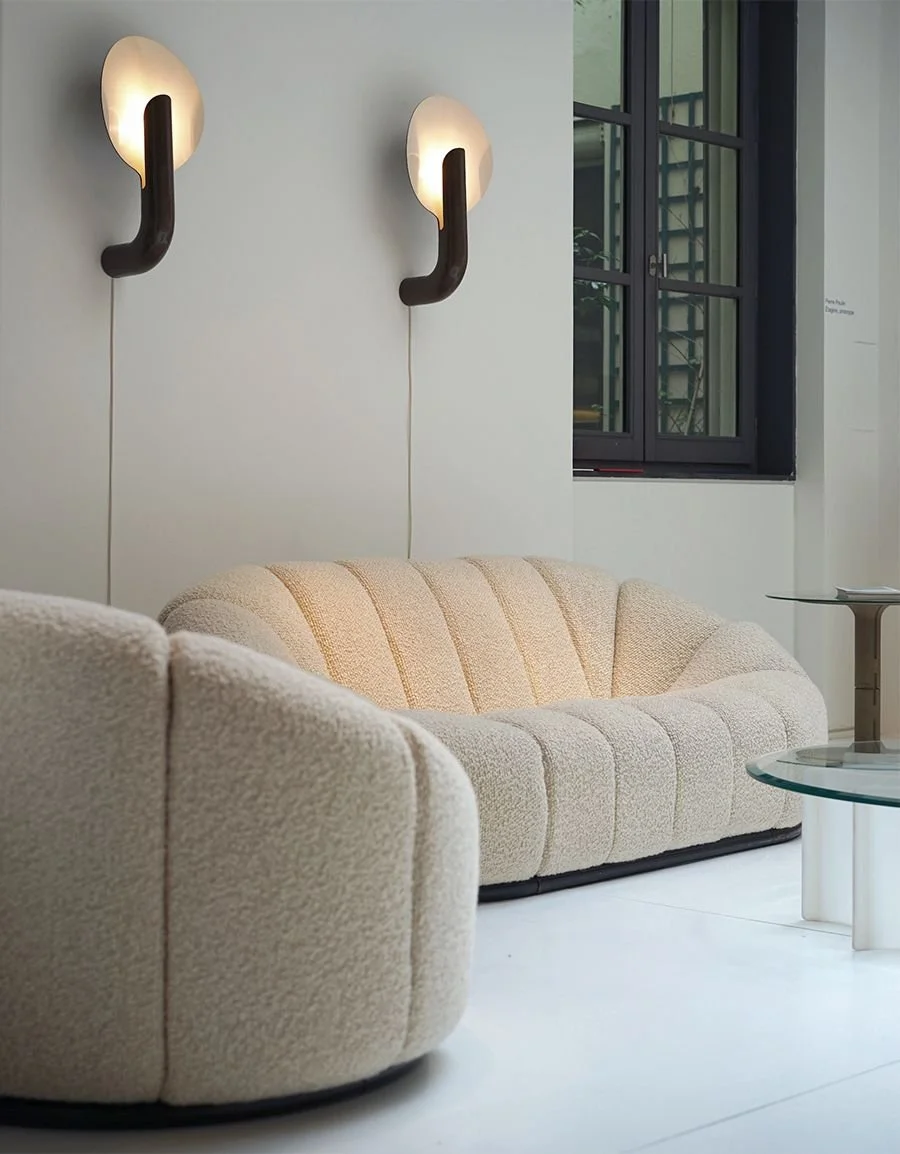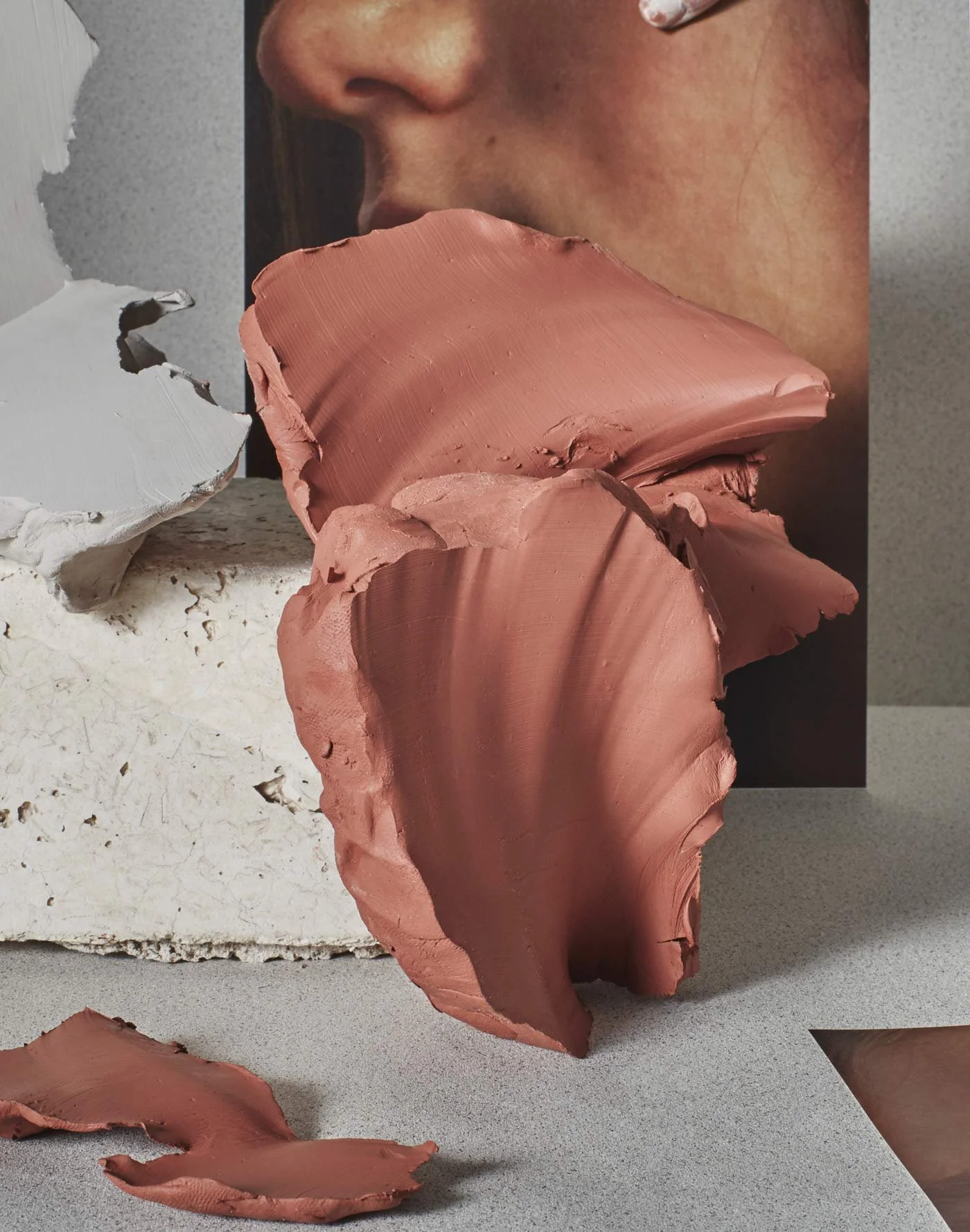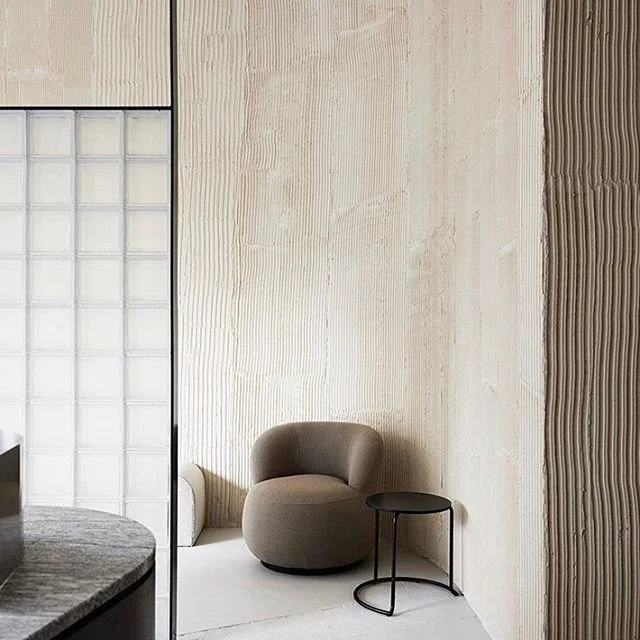October focus: the elusive element of texture
An often-overlooked element of interior design, texture is the umami of the interior design world – the magic ingredient that makes a room pop. That’s why we’re focussing on this special element this October.
What is texture?
Texture in interior design refers to the surface quality of a material. Think about the feel of a high pile rug beneath your feet, the bumps and dents of a raw timber coffee table, or the luxurious felt of velvet cushions. Every surface has a texture whether it be smooth, rough, bumpy or flat – and this texture can significantly influence the tone and weight of a space. Without it, everything else seems… flat.
Pleated material
Pleated fabric is the perfect example of how kinks and bumps create a tonne of texture, instantly enhancing both the visual interest of the object itself and its surrounding environment. In interior design, pleats can add texture in the form of curtains, wallpaper or even the back of an armchair.
Timber cabinetry by Frederic Kielemoes
In addition to colour and appearance, wood possesses a range of more tactile properties – one of these being texture. While different wood varieties will flaunt varying amounts of texture (which is further affected by sanding and other preparation work), all do wonders at adding that elusive element of texture to a space – this stunning timber grain, featured on kitchen cabinetry, is the perfect example.
Elysée Sofa by Pierre Paulin
Although a piece of furniture can add visual interest in the form of shape and colour, it’s the material that lends texture to the overall interior scheme. This Elysee Sofa features a wool bouclé – a woven fabric made from a rough, curly yarn. The looped, knotted surface makes it ideal for injecting texture in a living area.
Clay 3D artwork by Danielle Selig and Robin Sten
Texture doesn’t need to be felt to be experienced. The malleable nature of clay and its ability to take on a variety of forms and textures set the stage in this artwork. The abstract clay forms have been string-cut to reveal their smooth interior, creating a direct contrast to the hand kneaded exterior – a wonderful example of visual texture.
Leo Collection Blush Rug by Loom Rugs
One of the easiest ways to add texture to a space is with a floor covering – that is, a rug! With their three-dimensional qualities, rugs can instantly provide visual depth to floors, or even walls. Interesting texture provided by rugs such as this contemporary number from Loom have the added benefit of helping disguise marks and stains as well as creating a well-rounded space.
Origami stripes coffee table by Patricia Urquiola
Texture isn’t just about bumps and creases – it’s also about the smooth lack of them. Marble is used like paper to create this coffee table, inspired by the Japanese art of origami. Strips of polychrome marbles used for the top are bent ninety degrees, so that they also become the table’s vertical support in a graphic game of continuity, lines and colours.
Alabaster Onyx natural stone from CDK stone
Smooth textures bring a sleek, aloof tone to a room. Paired with the grain of wood or matte tiling, this polished natural stone from CDK stone will add both light and shade into any bathroom, creating a tranquil bathroom retreat.
Rendered walls designed by Golden
Seamlessly blending the polished with the raw, the rendered walls of this holistic skin health clinic create a beautifully balanced interior – all thanks to the rough texture of the walls which is perfectly balanced against the calm tranquillity of the remaining interior.








